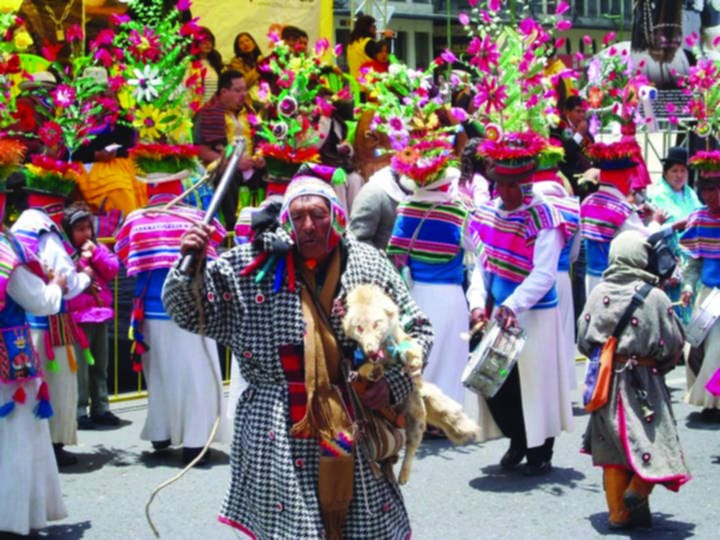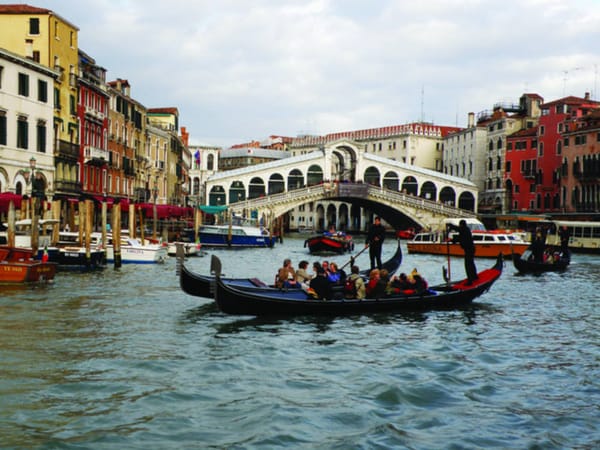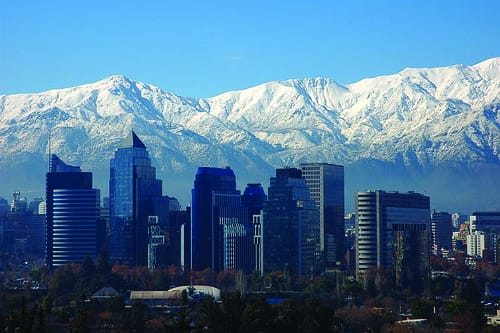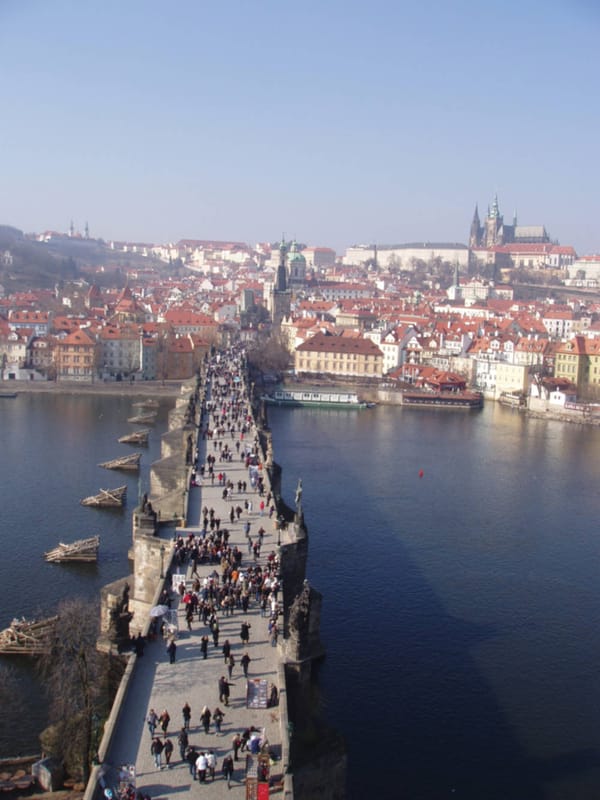Bolivia: calamity and comfort
The next leg of Priya Garg's epic South American adventure

We descended via a smog-filled cliff overhung by green leaves, to a city clustered within a valley, full of tiny red houses. We passed by unfinished brick buildings, tumbling mechanics, crumbling newsagents, two children stroking a graffiti-covered wall and an elderly woman with a baby swung across her back, as the ringing of bicycle bells and beeping of car horns continued.
All of a sudden our senses were unveiled to street markets stuffed with fresh fruit, pastries and llama foetuses (to be buried beneath businesses and commercial buildings for future success). The centre of La Paz was celebrating local folklore: groups of men and women came dancing down the street, lifting top-hats, blowing panpipes and beating leather drums whilst tiny children dressed as demons chased after baby lambs.
After watching this madness for a good half an hour, Becky decided to show me her proudest discovery – what she called a “cathedral on coke complete with a Dumbledore-esque priest!” Sadly we kept catching this place when it was on its erratic South American “siesta time” but I was finally graced to see its gaudy decoration and plastic figurines, absurdly incongruous to the beauty and serenity of its carved stone exterior. Bumping into several more children dressed as pumpkins, we remembered that it was Halloween and the next day would be the holy dia de las muertos (‘day of the dead’) but tonight was an excuse for a nation-wide party in Bolivia.
The next day, as Bolivians laid out graveside food lovingly for their deceased relatives, we stocked up on trinkets from the ‘witches market’. This strange street was crammed with gringo delight; leather, llama jumpers, friendship bracelets – anything you could want bearing some form of South American animal. As night descended in La Paz, the streets glowed with the buzz of thousands of lights across the hills, and the enigmatic sounds of revelry echoed across the city.
Leaving La Paz in the early morning for Copacabana we boarded a boat, and arrived a few hours later at an Incan paradise, a tiny island set within Lake Titicaca’s vast scenic waters. Little did we know, but our hostel was a good twenty minute walk uphill on tiny uneven Inca stairs weaving around the island. We soldiered forwards, trekking past donkeys and local children, andour backpacks felt heavier and heavier.
Watching the sun set that night, the Isla Del Sol fell to a deathly hush, a stark contrast to the noisy partying of La Paz. It was a surreal, beautiful moment. Then, the braying of donkeys and the loud call of a cockerel broke our peaceful sleep at an unwelcome hour of the morning and we left the Isla del Sol and its mossy Inca staircase to cross the border to our final destination, Cusco.
It was strange to say goodbye to Bolivia and her wild dogs, industrial trucks, hilly streets, top-hats, stupendous scenery, flamingos, salt-flats, night stars, folklore and tiny islands. But great to say hello to Peru: home of the Incas, crop circles, and, most importantly for us, Machu Picchu.







